Find of the Month – April 2021 – 6000 year old finds show community life
- 30th April 2021
Not just one find of the month!
Every year as spring approaches many of our archaeology teams are out working in quarry sites across the region, monitoring the soil-stripping for forthcoming phases of gravel extraction.
Large areas of topsoil are stripped, and it is in these sites that we most often discover archaeology and in particular, traces of early prehistoric activity.
This post is not just one find of the month, but because we couldn’t single one of these great finds out, we have chosen to highlight several prehistoric small finds that add to the story of the transition from nomadic to semi-nomadic Neolithic and Early Bronze Age communities in the area.
What we found
From one of our quarry sites in Worcestershire, once the topsoil was stripped, our archaeology team discovered several pits. Now, that may not sound that exciting, however people often used pits to discard items such as broken pottery, bones and other material for whatever reason (some could have been no longer useful, some may have been carefully chosen or placed with meaning), so archaeologists find them extremely valuable. These pits provide evidence of the everyday lives of the communities who created them.
Amongst the items found were worked and re-worked flints and assortments of patterned and decorated pottery all tantalising indications that a community saw where they were as ‘home’.
What makes them so special?
The Neolithic and Beaker communities of 4000-6000 years ago were largely nomadic or semi-nomadic. Over time they become more and more tied to specific areas of the landscape, eventually leading to the first settled farming communities.
Although during this time period they built monuments such as stone henges, stone and timber circles and barrows, their occupation sites are usually represented by nothing more than a scatter of pits and finds such as those shown in the images here taken over the past 4-6 weeks. It is not often that archaeologists find such varied assemblages like these.
| To better explain what a flint ‘fabricator’ is, please see our next FOTM where one of our finds experts, Rob Hedge, explains. |
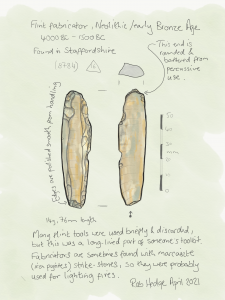 A flint fabricator sketch by Rob Hedge |
The pits, and the finds recovered from them, provide tantalising traces of everyday lives at this time but are, none-the-less, an important part of the ‘story’ of the period.
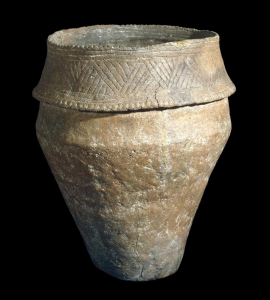 Example of late Neolithic/early Bronze Age Collared Urn vessel |
|||||||
Lovely decoration around a rim of a pot – decoration like this was a characteristic of a number of pottery traditions around this time including Grooved Ware.
|
|||||||
| The incredibly fine decoration around the rim of a beaker shows that these people were aware of their own art, design and mindful of their culture enough to want to enhance a pot this way. | |||||||
|
Some of the pottery had similar markings to those from another quarry site. You can see the decoration of indents in the pottery found (above) are similar to the decoration in the sketch of some pottery from the other quarry site. The sketch also gives an impression of the curvature of the pot and so an idea of it’s size. |
|||||||
In summary
A lot of fragile, wonderful small finds yet these discarded fragments add to the story of these early prehistoric people. They provide a window into the world of the peoples in these semi-nomadic communities that left little else in the landscape around 6000 years ago.
This was a period of transition for those who created, used, and discarded these items as part of an occupation site. This was a community who were making their mark on the landscape – perhaps making a mark on an ancestral landscape.
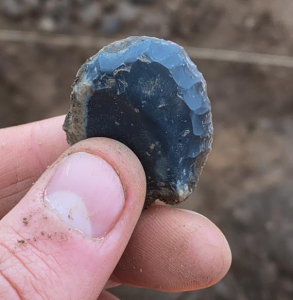
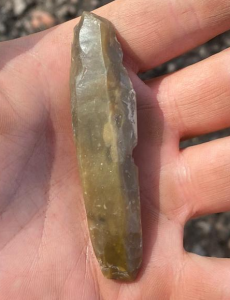
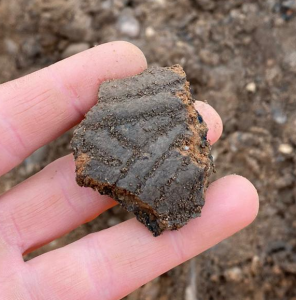
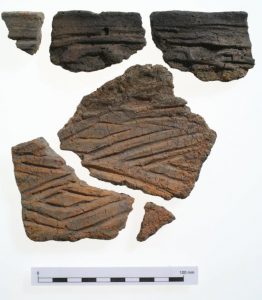
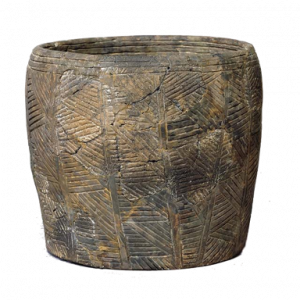
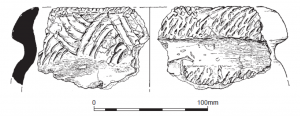
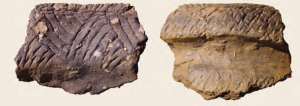
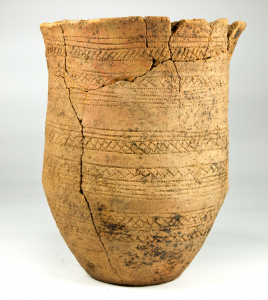
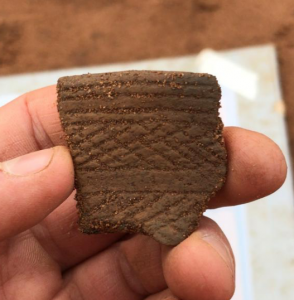
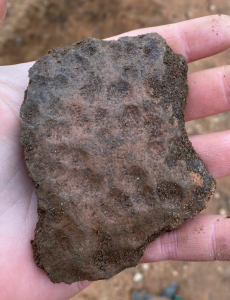
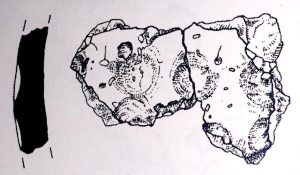
Post a Comment